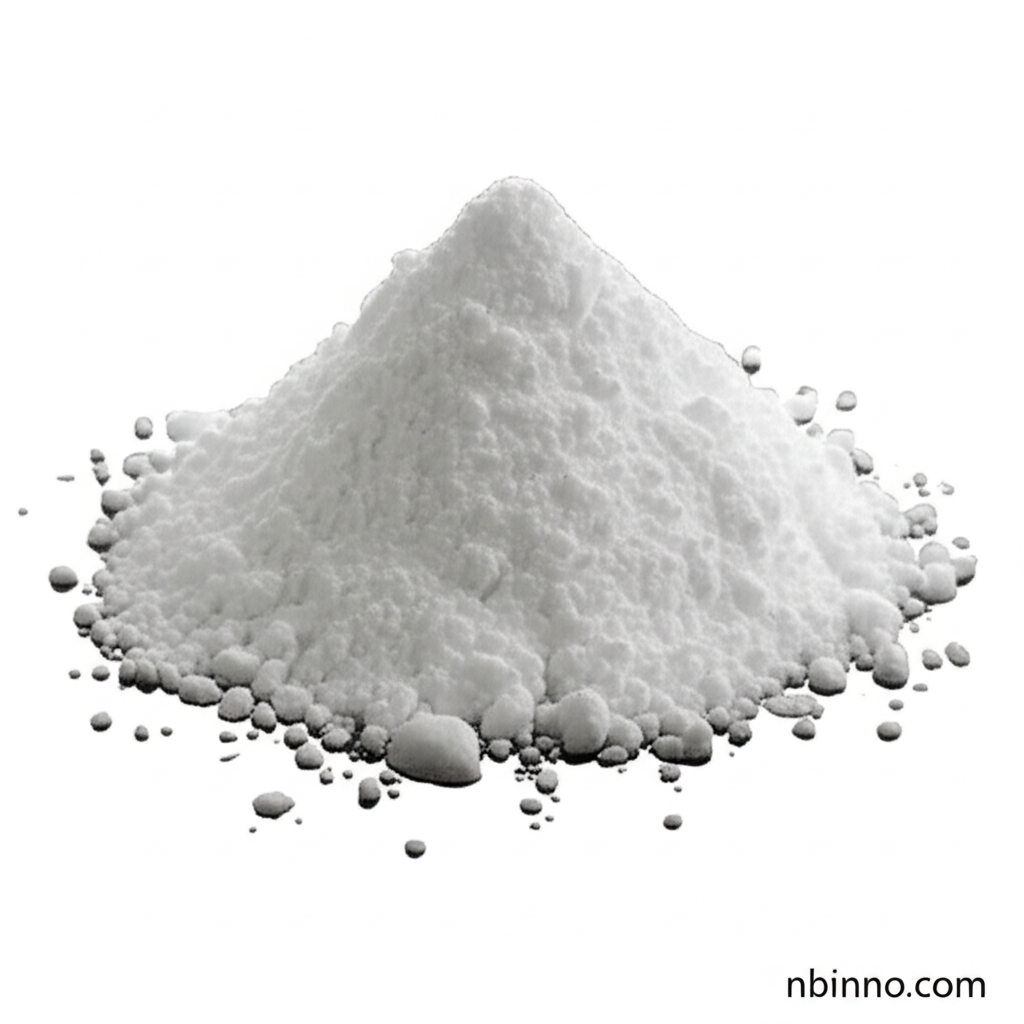2-Chloro-3-cyano-4,6-dimethylpyridine: A Versatile Intermediate in Chemical Synthesis
Exploring the synthesis, reactivity, and wide-ranging applications of a crucial pyridine derivative.
Get a Quote & SampleProduct Core Value

2-Chloro-3-cyano-4,6-dimethylpyridine
This compound stands out as a critical building block in organic synthesis due to its unique combination of a reactive chlorine atom and a cyano group on a dimethylpyridine core. Its predictable reactivity in nucleophilic aromatic substitution and metal-catalyzed cross-coupling reactions makes it invaluable for constructing complex organic molecules.
- Unlock advanced organic synthesis pathways by leveraging the reactivity of 2-chloro-4,6-dimethylpyridine in various coupling reactions.
- Discover the crucial role of this compound in pharmaceutical development, serving as an intermediate for potential antiviral and anticancer drugs.
- Utilize this pyridine derivative in agrochemical synthesis to create effective herbicides and insecticides for crop protection.
- Understand the chemical properties of 2-chloro-4,6-dimethylpyridine for precise application in diverse chemical processes and research.
Advantages Provided by the Product
Synthetic Versatility
The inherent reactivity of the 2-chloro group allows for extensive derivatization through nucleophilic aromatic substitution pyridine reactions, enabling the introduction of diverse functional groups.
Key Intermediate Role
As a vital component in agrochemical chemical development, it aids in the production of specialized pesticides, contributing to efficient crop management.
Pharmaceutical Precursor
Its utility in the pharmaceutical intermediates research sector is significant, acting as a precursor for the synthesis of molecules with potential therapeutic benefits.
Key Applications
Pharmaceutical Intermediates
Essential for the synthesis of a wide range of drug candidates, particularly those targeting viral infections and cancer, by facilitating complex molecular assembly through metal-catalyzed cross-coupling pyridine reactions.
Agrochemical Synthesis
Used in the production of pesticides, including herbicides and insecticides, contributing to modern agricultural practices and crop protection strategies.
Organic Synthesis Building Block
A fundamental tool for chemists to build intricate molecular structures, offering predictable reactivity for creating novel compounds through various synthetic routes.
Materials Science
The pyridine scaffold and its modifiable nature make it a candidate for developing new materials with specific electronic or optical properties.
